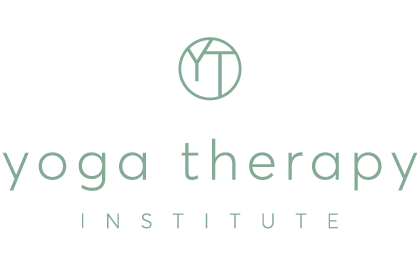The greatest predictor of a beneficial outcome for someone seeking treatment for depression is not the therapeutic modality used, but the relationship between the client and therapist. (1)
As Yoga therapists, it is critical that we understand this so we can maximise the therapeutic outcomes for our clients.
In her book Yoga Skills for Therapists: Effective Practices for Mood Management, Amy Weintraub refers to a psychiatrist who was asked what he felt was the agent of change in therapy – his response was “I would say, it’s the love in the room” i.e. the relationship between client and therapist.
The Client-therapist relationship in treatment for Depression
According to Asay and Lambert’s research (2) favourable outcomes in therapy result primarily from the operation of four “common factors.”
- Client factors (extra-therapeutic factors) are the most potent source of therapeutic change, accounting for about 40% of the effectiveness of therapy.
(This includes things like the client’s personal strengths and weaknesses, motivation, talents, values, skills, experiences, perseverance, resources, beliefs, attitudes) - Client-therapist relationship factors are the second most important ingredient of effective therapy, accounting for about 30% of its impact. Relationship Factors include empathy, non-possessive warmth, caring, genuineness, acceptance and encouragement.
- The third factor, hope and expectation, accounts for about 15% of the variation in the success of therapy. This factor consists primarily of the client’s expectation and hope regarding the possibility of change and improvement.
- The model or technique factor consists of the detailed models or techniques that the therapist is using, and it is equal last in importance, with just 15% influence.
So given the relationship between client and therapist is so important, what can we do to enhance it? To start with, according to Amy Weintraub, the foundation of building a good therapeutic bond is the creation of “a safe and sacred space where therapy will take place”.
Key ways to create a safe and sacred space include:
- helping your client believe in their inherent wholeness and their ability to draw from within themselves everything they need in order to heal.
- use of rituals such as lighting of a candle, affirmation of an intention for the sessions. Use of mantra to create a tender bond between the yoga therapist and their client.
- beginning a session with a simple yoga breathing practice to bring focus and calmness
- helping the client create a bhavana – an internal sanctuary of peace and safety. Invite your client to visit whenever they need a moment of respite.
- offering a client a non-threatening invitation to move back into a felt sense of living in their body.
References:
(1) Wampold BE (2001) The great psychotherapy debate: Models, methods and findings, Hilldate, NJ, Lawrence Erlbaum
(2) Asay and Lambert (1999), editors of The Heart and Soul of Change
